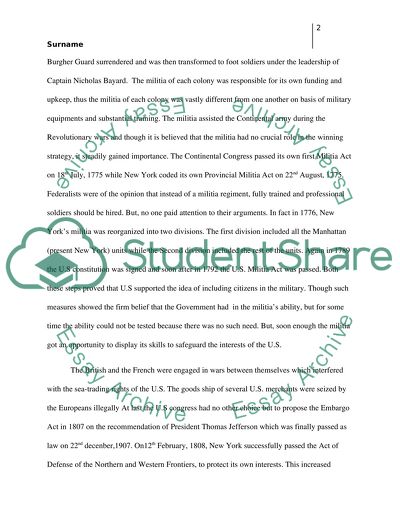Cite this document
(“History of US Army National Guard Essay Example | Topics and Well Written Essays - 2250 words”, n.d.)
Retrieved from https://studentshare.org/english/1402811-history-of-us-army-national-guard
Retrieved from https://studentshare.org/english/1402811-history-of-us-army-national-guard
(History of US Army National Guard Essay Example | Topics and Well Written Essays - 2250 Words)
https://studentshare.org/english/1402811-history-of-us-army-national-guard.
https://studentshare.org/english/1402811-history-of-us-army-national-guard.
“History of US Army National Guard Essay Example | Topics and Well Written Essays - 2250 Words”, n.d. https://studentshare.org/english/1402811-history-of-us-army-national-guard.


